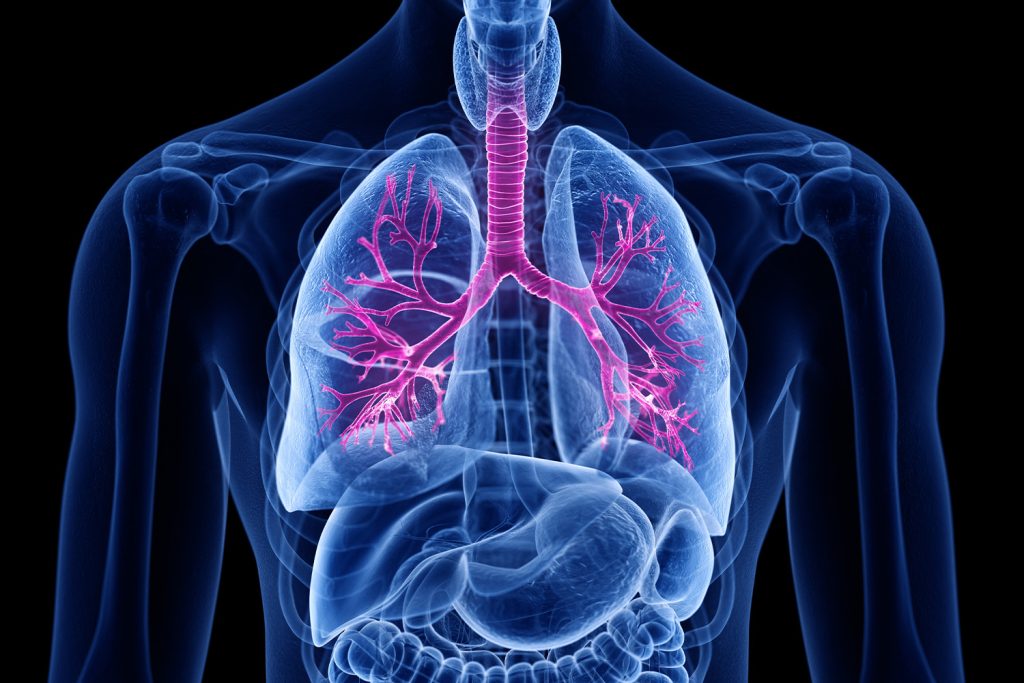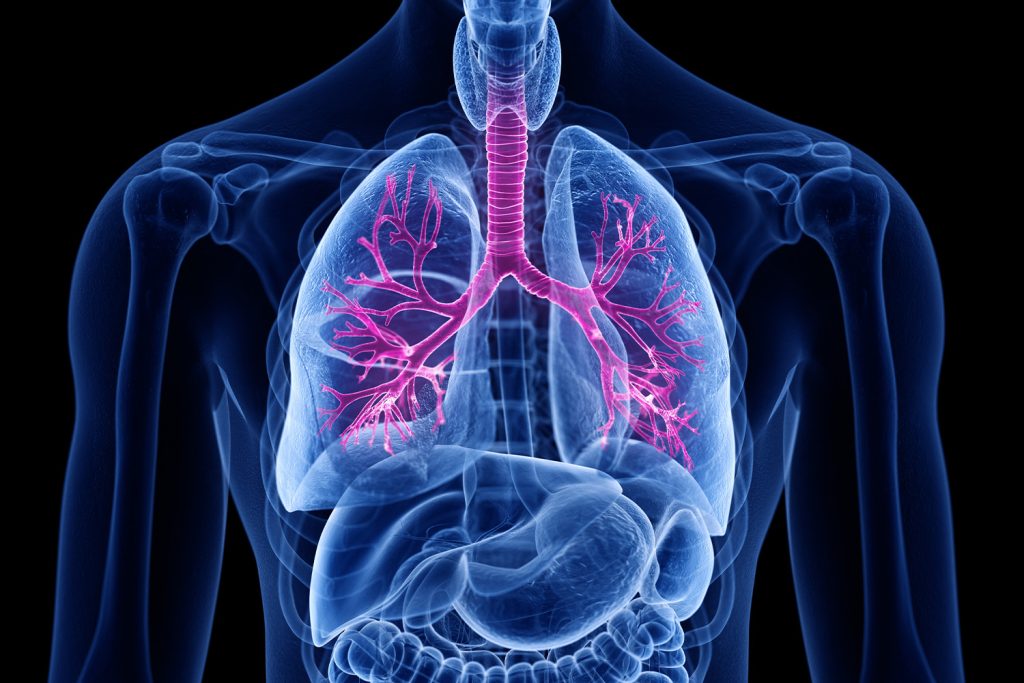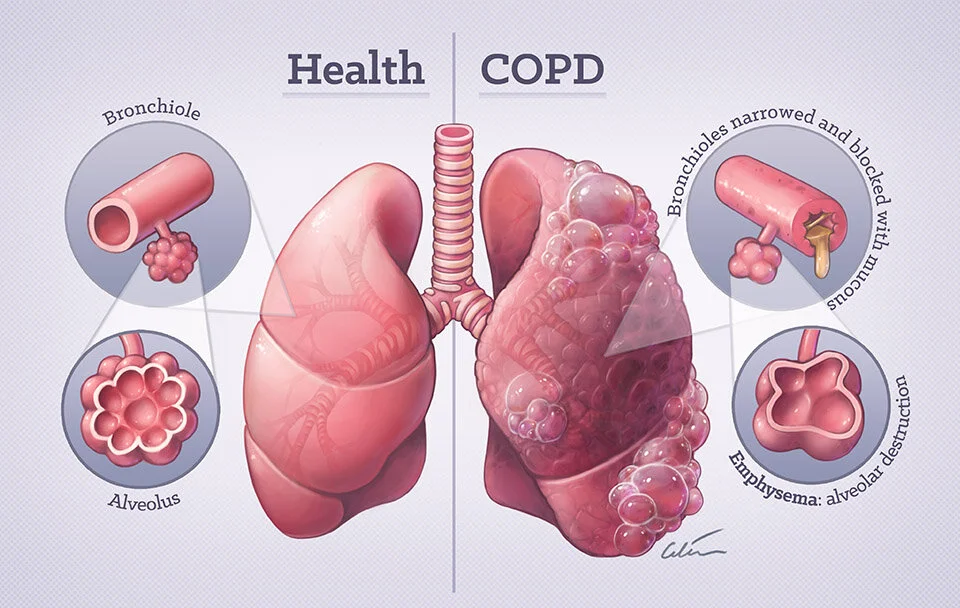
Living with chronic breathing challenges requires smart strategies that help you manage daily activities while maintaining your quality of life. One of the most effective approaches is learning proper breathing techniques that can be used throughout your day. Practice pursed-lip breathing regularly – inhale slowly through your nose for two counts, then exhale gently through pursed lips for four counts. This simple method helps keep your airways open longer and makes breathing more efficient. Combine this with belly breathing, focusing on making your abdomen rise as you inhale, which strengthens your main breathing muscle.
Staying active is equally important, though it requires careful planning. Choose gentle exercises like walking or stationary cycling, starting with short sessions and gradually increasing duration. The best time for physical activity is when you feel most energetic, typically in the late morning. Always pace yourself and take rest breaks as needed. Remember to coordinate your breathing with movement – exhale during the most strenuous part of any activity. Listen to your body’s signals and stop if you feel dizzy or overly short of breath.
Create a lung-friendly environment by avoiding smoke, strong fumes, and air pollution. Monitor local air quality reports and stay indoors when pollution levels are high. Use air purifiers in your main living areas and always practice good hand hygiene to prevent respiratory infections. Organize your home to minimize unnecessary movement – keep frequently used items within easy reach and use labor-saving devices like wheeled carts. These practical strategies, combined with proper medication management, can help you breathe easier and stay active in your daily life.





